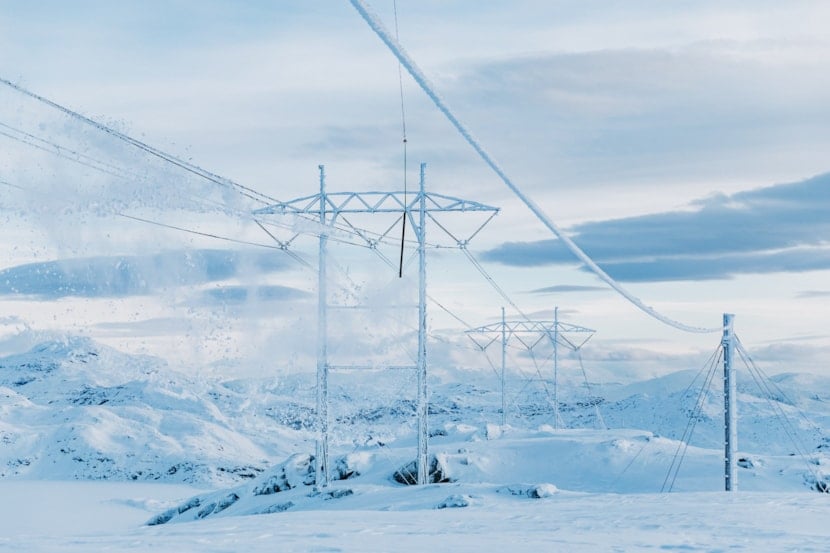Project background
Icing on power lines can cause major disruptions in electricity supply networks. These disruptions lead to excessive costs for repair as well as consequential losses. There is also a risk to human safety for employees tasked with the repair of power lines in harsh environmental conditions. Icing on power lines is a problem experienced in most high-latitude countries of which Norway has some of the highest recorded ice loads.
In the project, we will develop a national icing map containing design values based on historical weather, as well as taking future climate change into consideration. Both wet snow icing and in-cloud icing will be considered as well as their combination with high wind speeds. This will be important background information for the optimization and design of new power line routes.
This project aims to develop cost effective instrumentation that allows for detailed, real-time monitoring of the ice loads at a large number of exposed locations and to develop methods for connecting all real time observations to a probabilistic icing forecasting system. With an increased awareness of possible failures due to climatic loads, the project will consequently investigate the most promising countermeasures for the removal or reduction of icing on the existing lines as well as the possibility to change the design to prevent the buildup of large ice amounts on new lines. Examples of such methods that will be studied in the project are the use of anti torsional pendulums; super-hydrophobic or ice-phobic coatings; heating of the lines by controlling the electrical current; induction spirals; robot technologies.

